Following the battle, of which the outcome is well known, the boy fled to London where he lived in the town of Eastwell working for one Sir Thomas Moyle.
He learnt the trade of a bricklayer and kept his secret until the day he died, only Moyle is said to have known after finding him reading Latin. Richard of Eastwell died an old man in 1550, where it is stated in the parish register.
"Rychard Plantagenet was buryed on the 22. daye of December, anno ut supra. Ex registro de Eastwell, sub anno 1550."
It is unlikely that this boy was the son of Richard III, but it is a fascinating myth nonetheless.
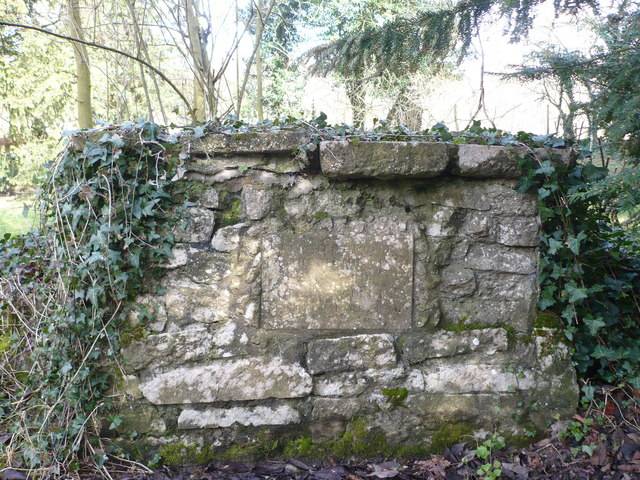
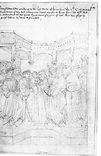
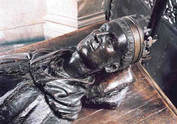
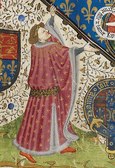

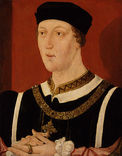
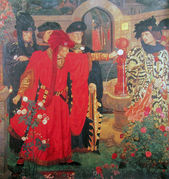


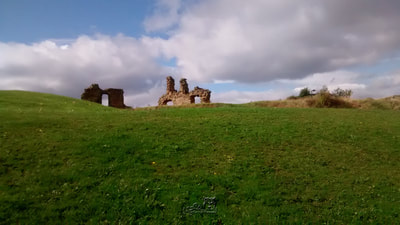
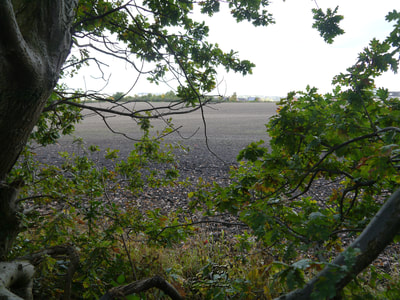
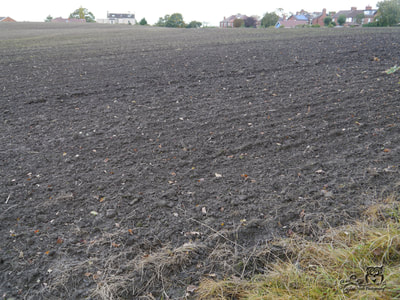
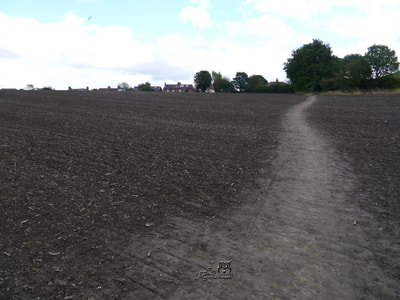

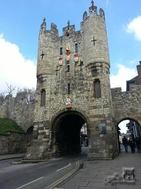
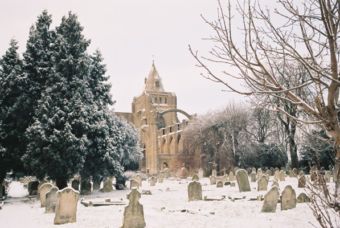

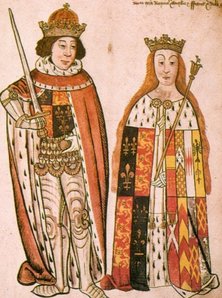
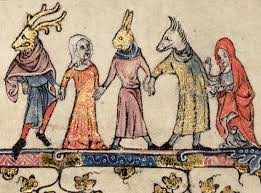
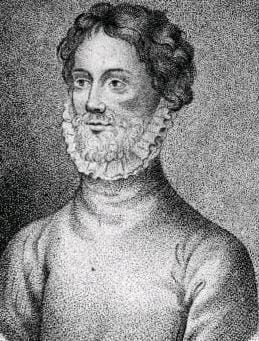
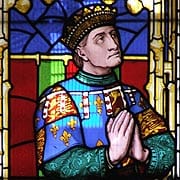
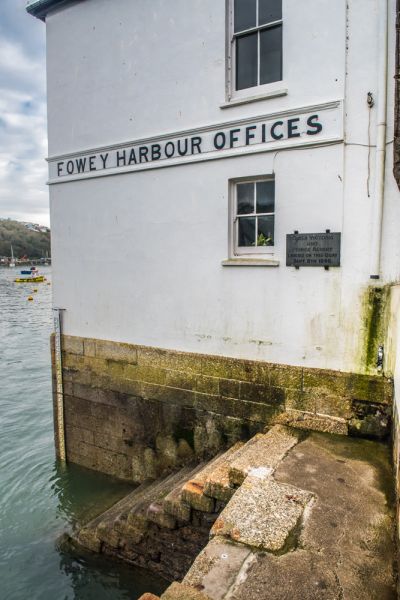
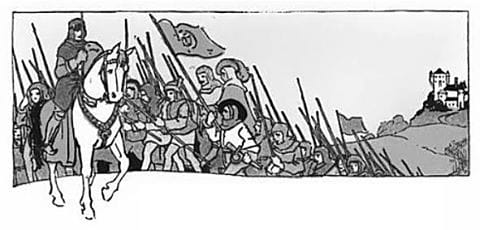
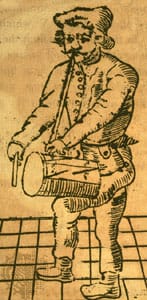
 RSS Feed
RSS Feed
